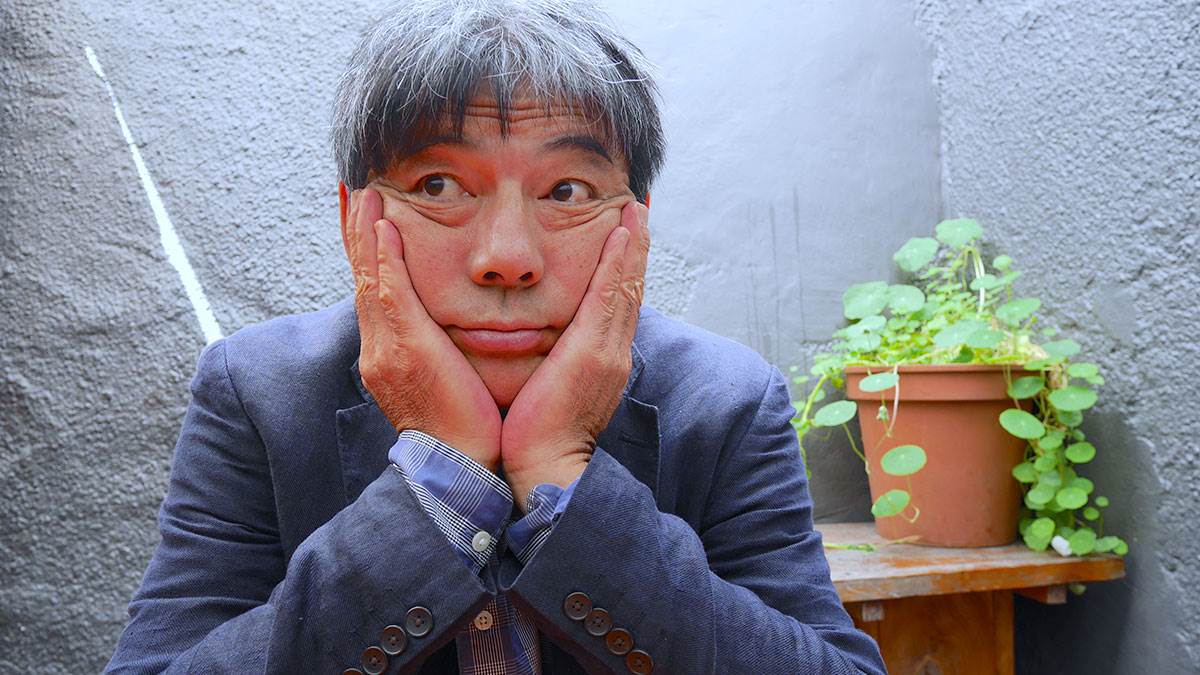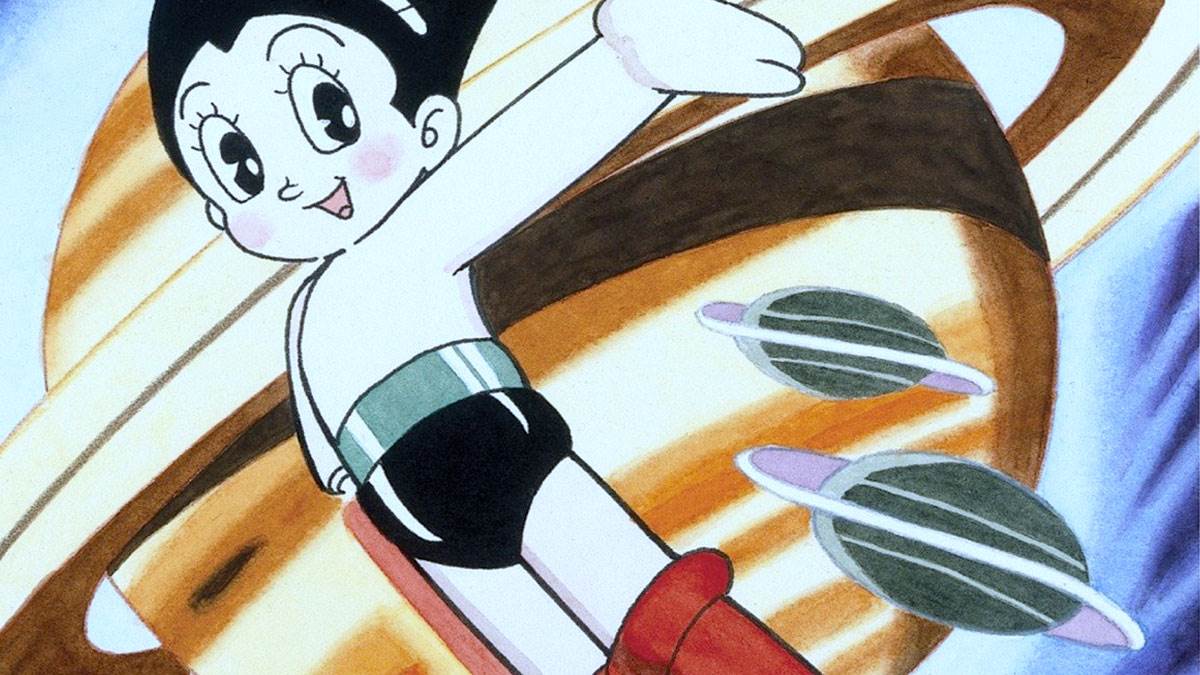The Book That Made Me: Satoshi Kitamura
Published on: 20 Tachwedd 2019 Author: Satoshi Kitamura
What's the childhood book that made you who you are today?
Satoshi Kitamura, a children's picture book author and illustrator, introduces us to the father of modern manga, Osamu Tezuka.
 Photograph of Satoshi Kitamura
Photograph of Satoshi Kitamura
If Osamu Tezuka, a qualified doctor, had pursued a career in medicine instead of manga, the popular culture of the last 70 years in Japan would surely have been very different.
He was the father of modern manga and almost everything that followed was under his influence. He was a master storyteller and versatile artist. There were almost no genres that he didn’t touch: science fiction, romance, comedy, satire, historical epic or philosophical stories. He even made adaptations of literature like Goethe’s Faust or Dostoyevsky’s Crime and Punishment.
In the 1960s, Stanley Kubrick invited Tezuka to be the art director of 2001: A Space Odyssey but at the time he was running an animations studio, hiring 200 people, and could not leave Japan.
Although he died at the age of 60 in 1989, his career spanned 40 years. So, which of his stories turned out to be your first Tezuka depends on which era your childhood happened to be. It was a bit like The Beatles. You remember which song you heard for the first time on the radio and which one was the first album you bought. You never forget your first Tezuka story and the first book you bought with your pocket money.
Hidden themes like inequality

Illustration of Astro Boy by Osamu Tezuka
I definitely belonged to the Tetsuwan Atom (Astro Boy in English) period. It was serialised in a monthly magazine called Shonen ("Boys"), and on the day the magazine arrived in our local book store, none of us could hide our excitement and expectation.
Atom is a gentle and intelligent robot with a million-horse powered nuclear engine. He has to fight other robots who were created by vicious scientists or organisations.
So basically, it is a story of good versus evil with lots of fighting. But there is always an undertone.
Robots are created for the service of human society and have to do what people tell them to do, but their artificial brains have consciousness, feelings and thoughts. Some people look down on robots as second-rate citizens and lots of them are mere labourers for humans. Atom, the saviour in times of crisis, is a hero but at the same time he has to endure discriminations from certain people. As a matter of fact, inequality and prejudice are almost always the hidden themes in Tezuka’s stories.
Atom was created by a genius (but an unstable scientist) called Doctor Tenma. He had a son called Tobio but lost him in a car accident. Tenma built a robot, the spitting image of Tobio, and he was happy having a replacement for a while. But soon he realised that the robot would never grow up like a real child, so he became frustrated and abandoned it. Atom was sold and became a performer in a circus.
From migration to environment
The first episode of the Atom saga was called "Ambassador Atom".
It’s a story about migration. A planet somewhere in the universe exploded, but before it happened, the inhabitants left in huge space ships. They roamed through space in search of a habitable planet for generations. Then they found the earth, at last.
They are welcomed by us at first because they are so like us. As a matter of fact, everyone had a "twin" who had the same face, name, character and background. The only difference was that the people from the other planet had bigger ears and that they ate foods created from the air and sunlight through a sophisticated machine. They were so shocked and disgusted by us eating animals.
But the initial friendly relationship was to end quickly because of fear of overpopulation. Doctor Tenma formed a fascist brigade called Red Shirts and started to eliminate the immigrants. The immigrants had technology and resources and were determined to fight back. A major war is about to begin. Atom, being a robot, is elected to be a go-between and tries to negotiate peaceful solutions...
In another episode, "Red Cat", Professor Yotsuashi (four-legged) is such a lover of nature and is so angry about the development of his beloved Musashino woods that he devises a machine that sends special electric waves to the domestic animals, ones in the zoos or on farms, so that they’d get wild and start attacking people. The whole of Tokyo is in chaos. So Atom is summoned to take care of the crisis.
While Atom is trying to stop the professor from bringing further terror to the people, he causes a fatal injury to the professor. In the aftermath, the developers’ corrupt schemes are exposed and the woods are saved. Yes, the professor is a terrorist but the destruction of nature that he loves drives him to such an act. We agree with him in what he tries to protect but he goes to extremes. This is a typical Tezuka story. There are dilemmas of this kind throughout his works.
So, Tezuka stories are extremely complex. And we were exposed to them at a very tender age.
Same old stories
Yet these stories from Tezuka talk about the things we are still facing now. Probably nothing has changed. We’ve been in more or less the same situation in the last 70 years.
These stories were written more than half a century ago. What have we been doing all these years? We’ve known the problems.
That seems to be what Tezuka has been saying, all these years after he died.
See the other features in The Book That Made Me series
Check out:






Add a comment